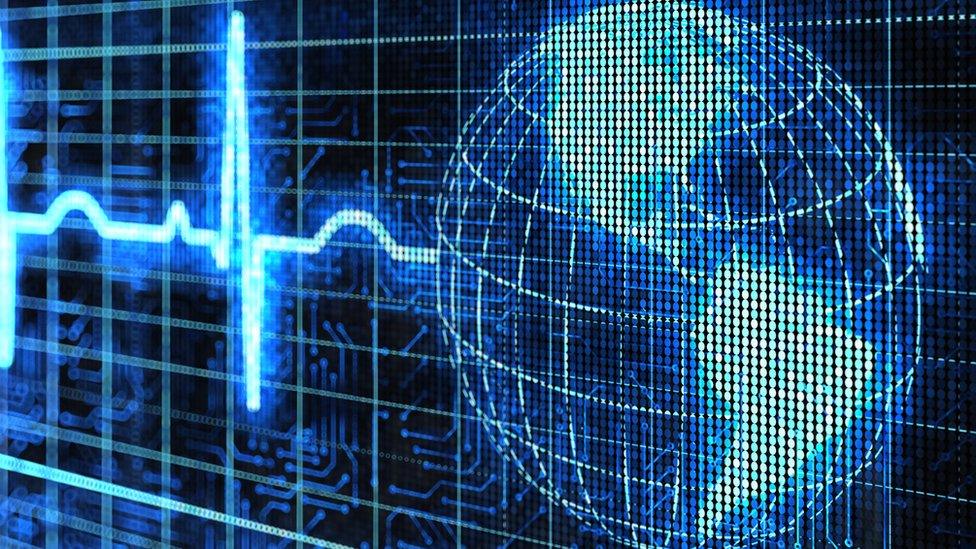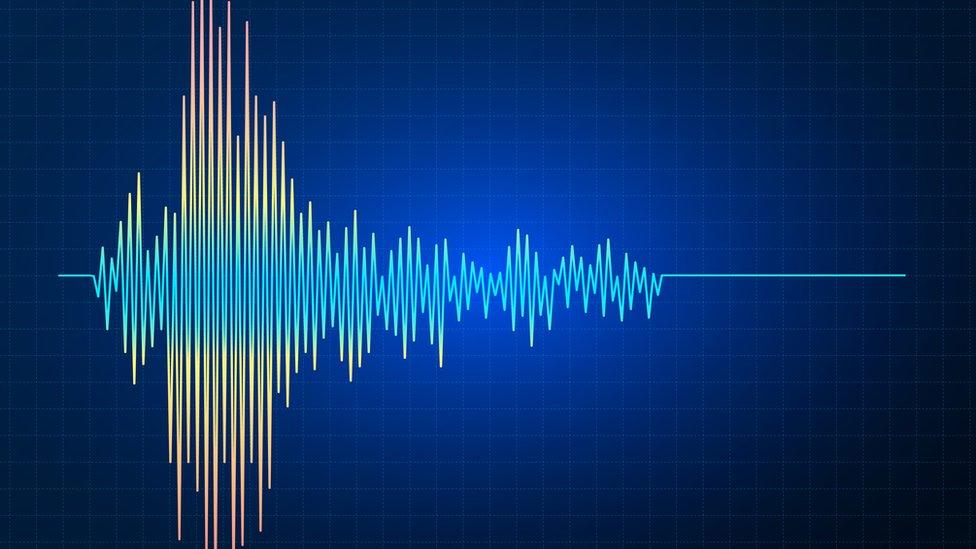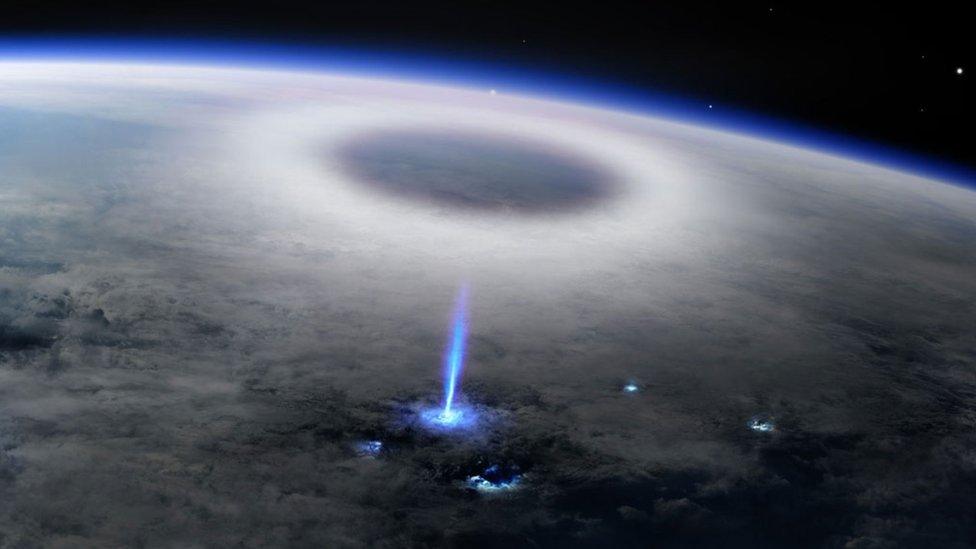Scientists to try and record the Earth's 'pulse' on the ocean floor
- Published
- comments

Scientists are aiming to better understand the Earth's movements by measuring them from inside Earth itself!
Using special tools, a team of scientists from London want to try and understand how movements from Earth can affect oceans, the atmosphere and Earth's solid layers.
Over the course of a year, a team will try and measure what is known as the Earth's pulse.
They will measure it by using special tools on the ocean floor.
School children from the UK, Germany, Portugal, Spain and Ireland have named some of the special tools, called seismometers.
The names include Neptune, Triton, Jelly, Caesar and Thor. They will stay on the seabed for a year.
How do you measure the Earth's pulse?
The plan involves 50 highly sensitive measuring tools that will be used on the floor of the Atlantic ocean.
Seismometers are tools that can detect vibrations caused by what are known as seismic waves.
Seismic waves are waves of energy caused by the sudden breaking of rock within the earth.

These are the 'waves' a seismometer records and scientists will study them
The team will keep a close and continuous watch on any movements the Earth makes.
Professor Ana Ferreira, of UCL Earth Sciences, said: "This is a first of a kind seismic experiment. It is the first time we have covered such a large region of the North Atlantic ocean with these highly sensitive instruments."
Our data will have a tremendous legacy, enabling a wide range of research activity from tracking whales via the sounds they make as they pass close to the seismometers, to monitoring earthquakes and volcanic tremors. The data can also be used to examine interactions between the atmosphere, oceans and solid Earth.
Not just measuring the Earth's pulse
Professor Ferreira also says that by learning about the movements of the Earth, scientists hope to gain a better understanding of earthquakes and volcanic eruptions.
The team are also hoping to see if there is a link between how islands, like the Canary Islands and the volcanic islands Madeira and the Azores, were formed.
The seismometers will be placed on the ocean floor over the next five weeks.
- Published7 June 2024

- Published26 January 2021

